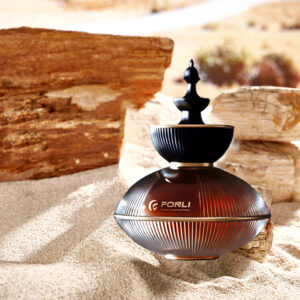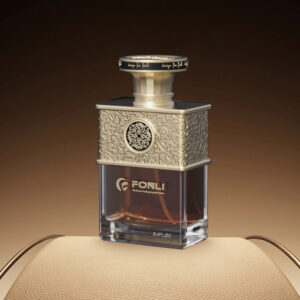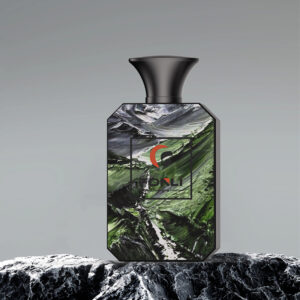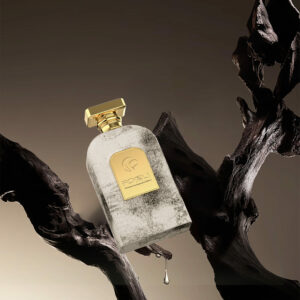Choosing the right box size for custom perfume bottles is not only a matter of aesthetics but also functionality and cost-effectiveness. The packaging of a perfume is crucial as it not only protects the bottle inside but also serves as the first point of contact with the consumer, influencing their purchase decision. Here’s a guide to help you select the most suitable box size for your perfume, ensuring that it meets both practical and promotional needs.
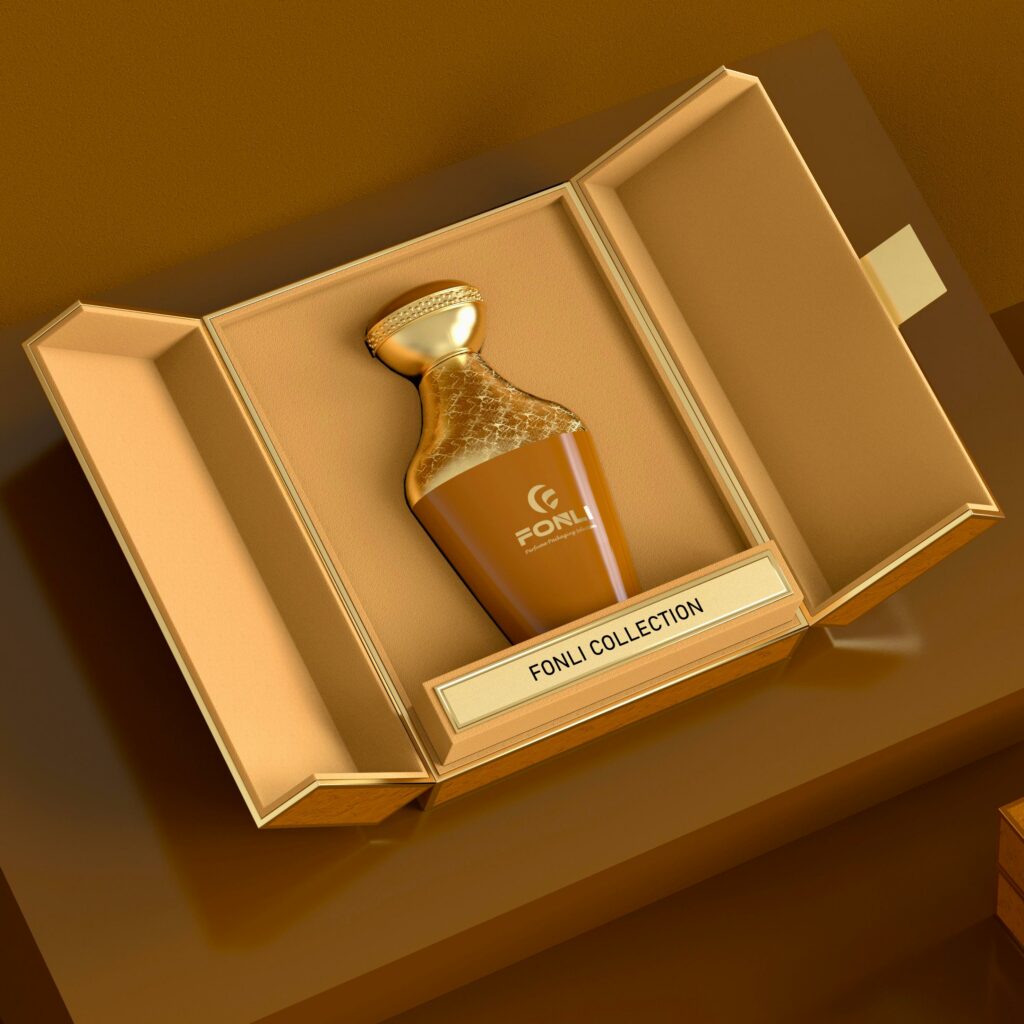
Understanding the Basics
The perfume box, like manufactured by Fonli, should be large enough to accommodate the bottle securely and perfume bottles wholesale while minimizing excess space to reduce material waste and shipping costs. However, it should also be appealing and appropriate to the perceived value and branding of the product.
Factors to Consider When Choosing Perfume Box Size
Bottle Dimensions
– Measure Accurately: Start with the exact dimensions of your perfume bottles wholesale. Include any protruding features such as the cap or sprayer in your measurements.
– Allow for Padding: Ensure there is enough room around the bottle for protective padding to prevent damage during transit. This is particularly important for fragile materials like glass.
Protection
– Cushioning Materials: Consider the type and amount of cushioning material needed. Foam inserts, bubble wrap, or corrugated buffers can offer good protection but will require more space within the box.
– Box Strength: Choose a box material that can withstand stacking and handling. Thicker cardboard or corrugated fiberboard are common choices for durability.
Presentation and Branding
– Design Space: A slightly larger box provides more surface area for branding, graphics, and information, which can enhance the unboxing experience and reinforce brand identity.
– Unboxing Experience: Consider how the box opens and presents the perfume bottle. A box that facilitates a memorable unboxing experience can enhance customer satisfaction and brand loyalty.
Regulatory and Legal Information
– Labeling Requirements: Ensure there is sufficient space on the box to include all necessary information such as ingredients, origin, volume, and safety instructions in compliance with industry regulations.
Cost and Sustainability
– Material Costs: Larger boxes use more material, which can increase production costs. Balancing size with material efficiency is key to managing expenses.
– Environmental Impact: Opt for a box size that uses the minimum amount of material necessary to fulfill protection and aesthetic requirements. Consider using recyclable or biodegradable materials to appeal to eco-conscious consumers.
Shipping and Handling
– Shipping Costs: Larger boxes can lead to higher shipping costs due to increased volume. Consider how many boxes can fit within standard shipping dimensions to optimize transportation.
– Retail and Storage: Ensure the box size matches retail shelving requirements and storage facilities. Oversized boxes can complicate logistics and increase costs.
Practical Tips for Selection
Prototyping
Before finalizing the dimensions and design of the packaging box, it is crucial to create a prototype. This initial model allows you to test the fit of the product inside the box and assess the level of protection it offers during transport and storage. By physically handling the prototype, you can visualize how the product will be presented to consumers, ensuring that the packaging aligns with your branding and marketing goals. Additionally, this process helps identify any potential issues, such as structural weaknesses, inadequate cushioning, or design flaws, that could compromise the product’s integrity or appeal. Prototyping is an essential step in the development process, as it provides valuable insights that can lead to improvements before mass production begins.
Consumer Feedback
Gathering feedback from consumers regarding the packaging design and size preferences is vital for creating a product that resonates with your target audience. This can be achieved through consumer tests, surveys, or market research initiatives. Engaging with potential customers allows you to understand their perceptions and preferences, including what they value in packaging—such as aesthetics, functionality, and ease of use. By analyzing this feedback, you can make informed decisions that enhance the packaging design, ensuring it meets consumer expectations and improves overall satisfaction. Incorporating consumer insights into your design process can lead to a more appealing product that stands out in the marketplace.
Competitor Analysis
Conducting a thorough competitor analysis involves examining similar products within the market to gain insights into industry standards and consumer expectations. By analyzing competitors’ packaging designs, sizes, and features, you can identify best practices and trends that resonate with customers. This analysis not only helps you understand what works well in the market but also highlights areas where your product can differentiate itself. Understanding competitors’ strengths and weaknesses allows you to position your product more effectively, ensuring that your packaging meets or exceeds the industry benchmarks while appealing to your target audience. Keeping an eye on competitors can provide strategic advantages in both design and marketing efforts.
Summary
Choosing the right perfume box size involves a delicate balance between practicality, aesthetics, and cost. By considering the factors outlined above, you can select a box that not only protects and contains the perfume adequately but also enhances the brand image and satisfies consumer expectations. Thoughtful packaging design can significantly impact the success of a perfume in a competitive market.



